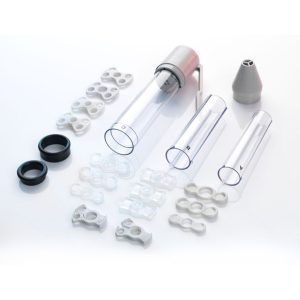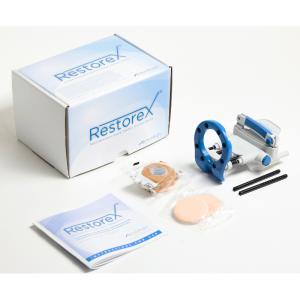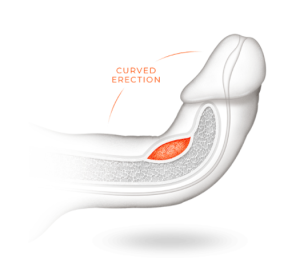
CAUSE
The cause of Peyronie’s disease remains largely unknown. In a small number of cases, it is associated with Dupuytren’s disease, another condition of unknown origin characterized by the thickening and contraction of the connective tissue in the fingers and palm, ultimately preventing the fingers from fully straightening.
Today, the prevailing theory is that Peyronie’s disease results from an injury to the penis or from multiple cumulative microtraumas that may occur during sexual activity.
These injuries trigger an inflammatory process, resulting in the body repairing the damage by forming inelastic scar tissue instead of the original elastic tissue, ultimately leading to the formation of a hard and rigid plaque. In any case, Peyronie’s disease is benign and is not associated with neoplasms or other dangerous conditions.
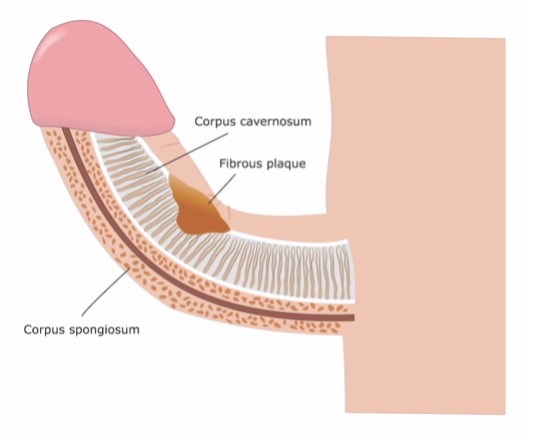
EPIDEMIOLOGY
Peyronie’s disease most commonly occurs between the ages of 50 and 70 and shows a statistical association with conditions such as hypertension and diabetes mellitus. However, based on the underlying mechanism that triggers the disease, Peyronie’s can develop regardless of age or other health issues.It is widely accepted that most penile injuries occur when an erection is not fully rigid, which explains the higher prevalence in older men, as well as the correlation with factors that cause erectile dysfunction or conditions that affect the body’s inflammatory response and healing mechanisms.
CLINICAL PRESENTATION
Peyronie’s disease has two distinct phases:
- This is the initial stage of the disease, during which penile deformity may not yet be apparent. In many cases, pain is present, which can be felt during palpation of the penis or during an erection. During the acute phase, the disease is progressive and inflammation is active, making it impossible to predict the final morphology of the penis.
- The chronic phase occurs once the inflammatory process has concluded, resulting in the formation of a hard and rigid plaque. At this stage, the morphological changes of the penis are stable; the plaque can usually be palpated as a hard area on the penis, there is no pain during erection, and the deformity is fixed.
TREATMENT
Surgical
Traditionally, the treatment of Peyronie’s disease was surgical and reserved only for the chronic phase of the condition. Two categories of surgical techniques have been described. Considering that a penis with curvature has one longer and one shorter side, one technique aims to plicate the healthy (longer) side to shorten it, thereby straightening the penis during erection. Η άλλη τεχνική χρησιμοποιεί μοσχεύματα τα οποία τοποθετούνται στην πάσχουσα, κοντή πλευρά, με στόχο να αυξηθεί το μήκος της και το πέος σε στύση να ευθειαστεί. The other technique involves grafting to the affected (shorter) side, with the goal of lengthening it and achieving penile straightening during erection. The main drawback of surgical intervention, aside from the fact that it is an invasive procedure, is the increased risk of erectile dysfunction.
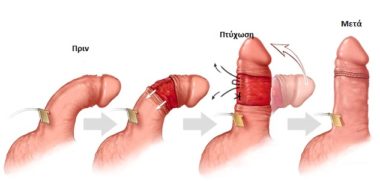
Conservative
Conservative treatment of Peyronie’s disease can be applied in both the acute and chronic phases. The approach is multimodal. In the acute phase, the goal is to halt the progression of Peyronie’s disease and restore the normal morphology of the penis, whereas in the chronic phase, the ultimate objective is the straightening of the penis.
VACUUM PUMP- SomaErect Stf
The SomaErect Stf device by the American company Augusta Medical currently stands as the flagship among medical vacuum pumps. Its innovation is based on the Stf (Size-to-fit) technology, which includes cylinders of different diameters to optimally adapt to each man’s anatomy and to facilitate a faster achievement of the desired erection.
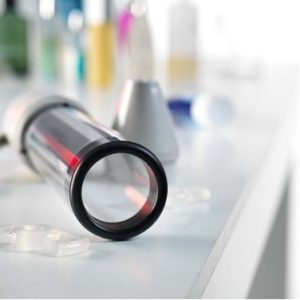
Buy here
RESTOREX TRACTION DEVICE- EXTENDER

ADVANTAGES OF THE RESTOREX DEVICE
- The way the penis is secured is adjustable and comfortable, ensuring that the glans is not “strangled” and no discomfort is caused. Ischemia of the glans can lead to very serious complications, especially when combined with the long usage times recommended by other devices.
- Visual indicators ensure that the device applies the required traction at every stage of the treatment. The device is dynamic and easily adjustable via a switch, allowing consistent and optimal traction without interrupting the therapy or needing additional attachments.
- Moreover, it is the only device that achieves both axial traction of the penis and applies additional tension on the affected side. This is particularly important because the goal is to restore the elasticity of the penis on the side where Peyronie’s disease damage exists. Existing traction devices only provide traction along the penile axis.
- Finally, the RestoreX usage protocols (up to twice daily, 30 minutes each session), combined with its clinically proven effectiveness, make it the easiest, painless, most effective, and minimally invasive method for treating Peyronie’s disease, with complete user-friendliness.
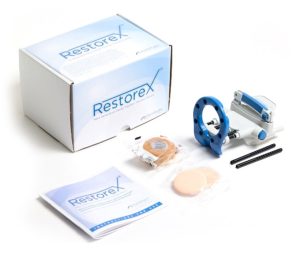
The RestoreX device can be used in both the acute and chronic phases of Peyronie’s disease, following clinically proven and effective treatment protocols.
The treatment is dose-dependent, meaning it depends on the duration of application. Results become apparent as early as the first 3 months, with a reduction in the penile curvature and restoration of its shape even in the most complex deformities (indentation, hourglass shape). The RestoreX method can be applied with the same effectiveness even in the most complicated cases, either as a monotherapy or in combination with any other intervention recommended by your doctor.


